News
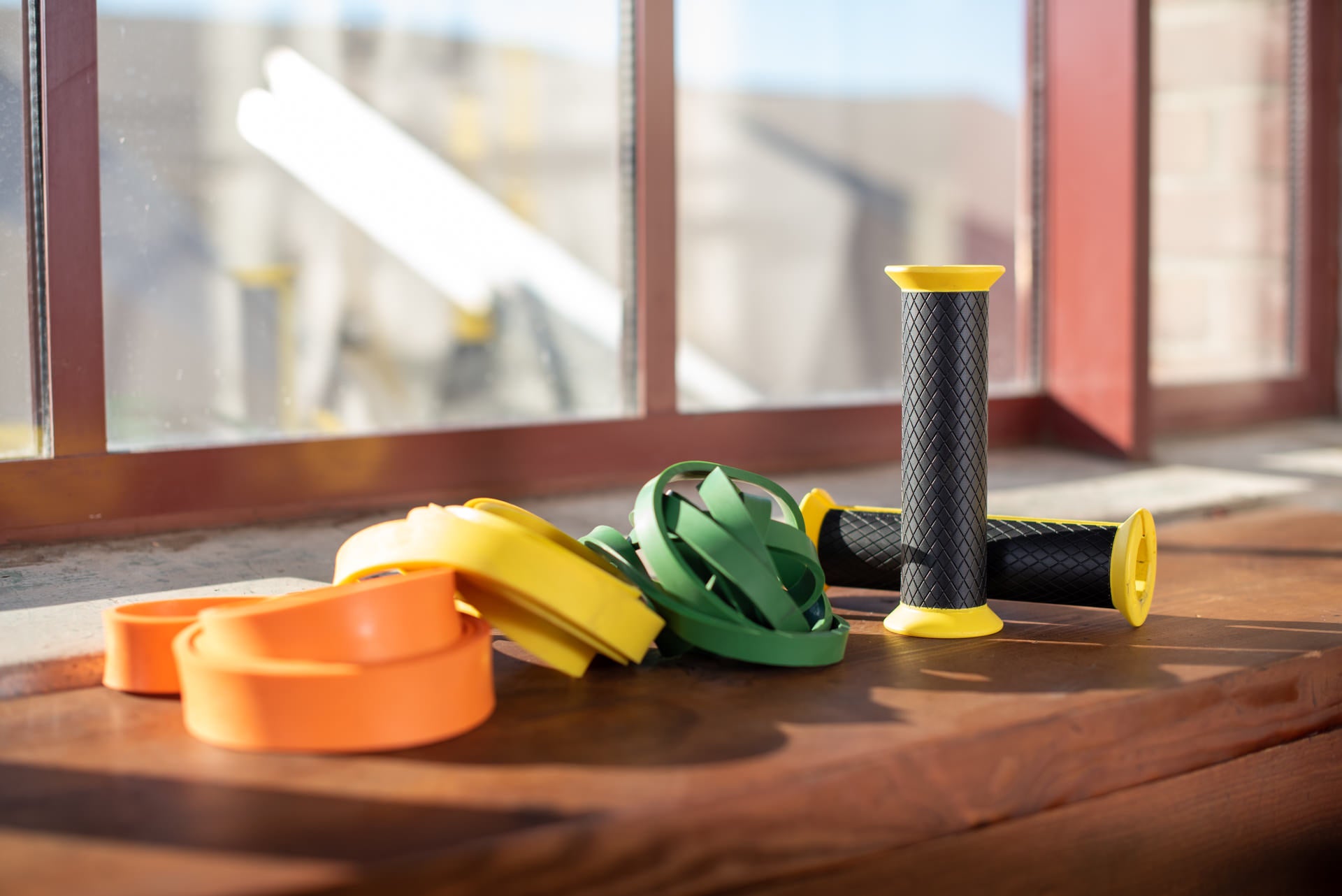
How TRX Bandit™ Changed My Workout Routine
TRX Suspension Trainer devotee Amanda was surprised to discover another tool that totally changed her workout routine: TRX Bandit™, a brand-new, universal handle for Strength Bands.
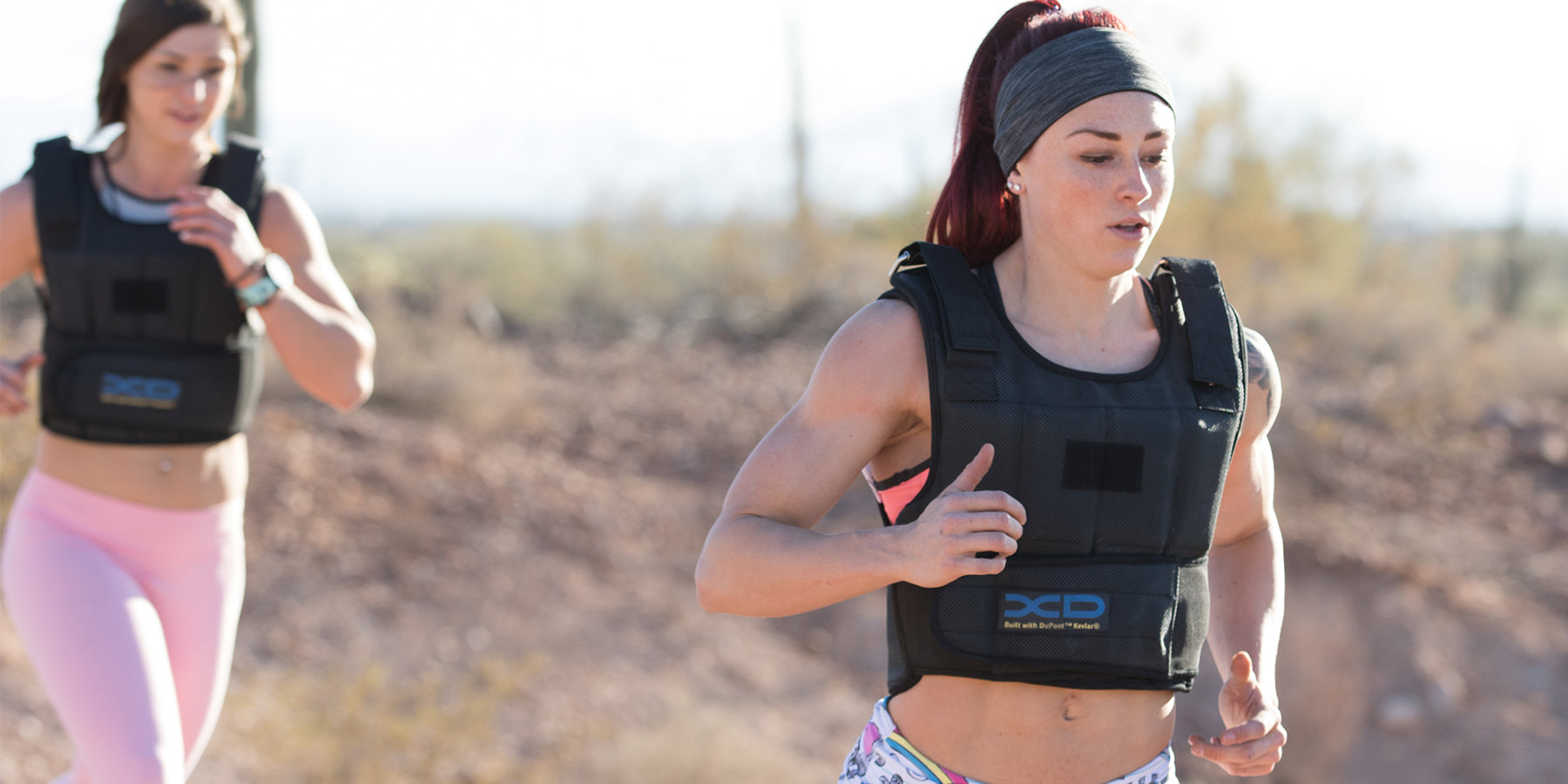
Basic Training: Why TRX® Weight Vests Work
Pop quiz: Which piece of gear can you use to run faster, jump higher, and lift heavier?
Answer: A Weight Vest.
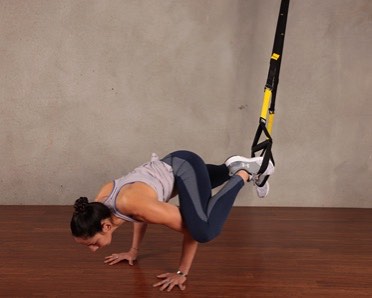
Our Top 5 TRX Training Club Workouts: Yoga Edition
TRX and Yoga? The TRX Suspension Trainer can act as a prop, supporting you through a yoga move you may not have mastered yet, and making that move more accessible.
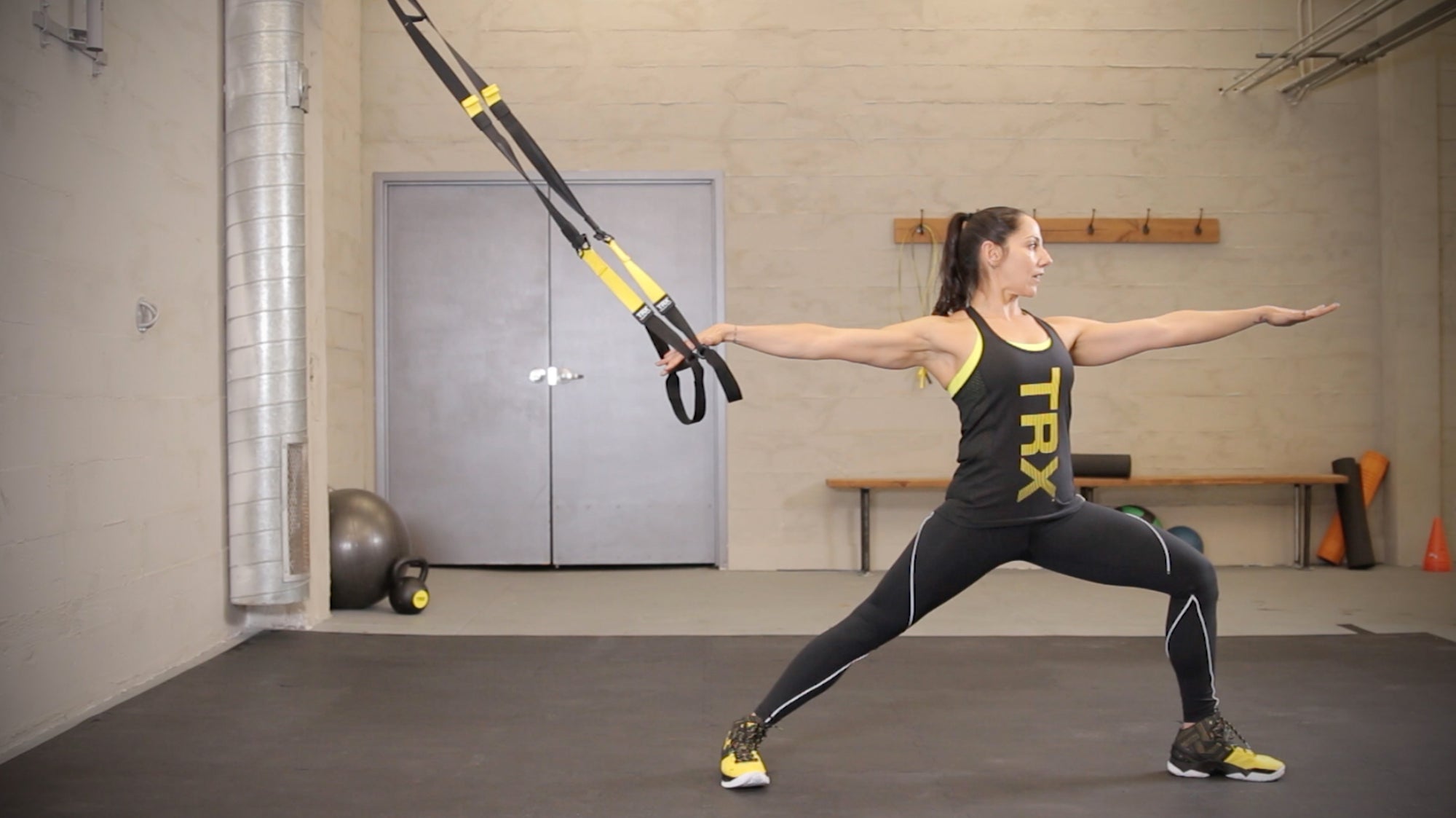
How TRX Can Level Up Your Yoga Practice
The TRX Suspension Trainer can help you build better balance to improve your yoga routine.
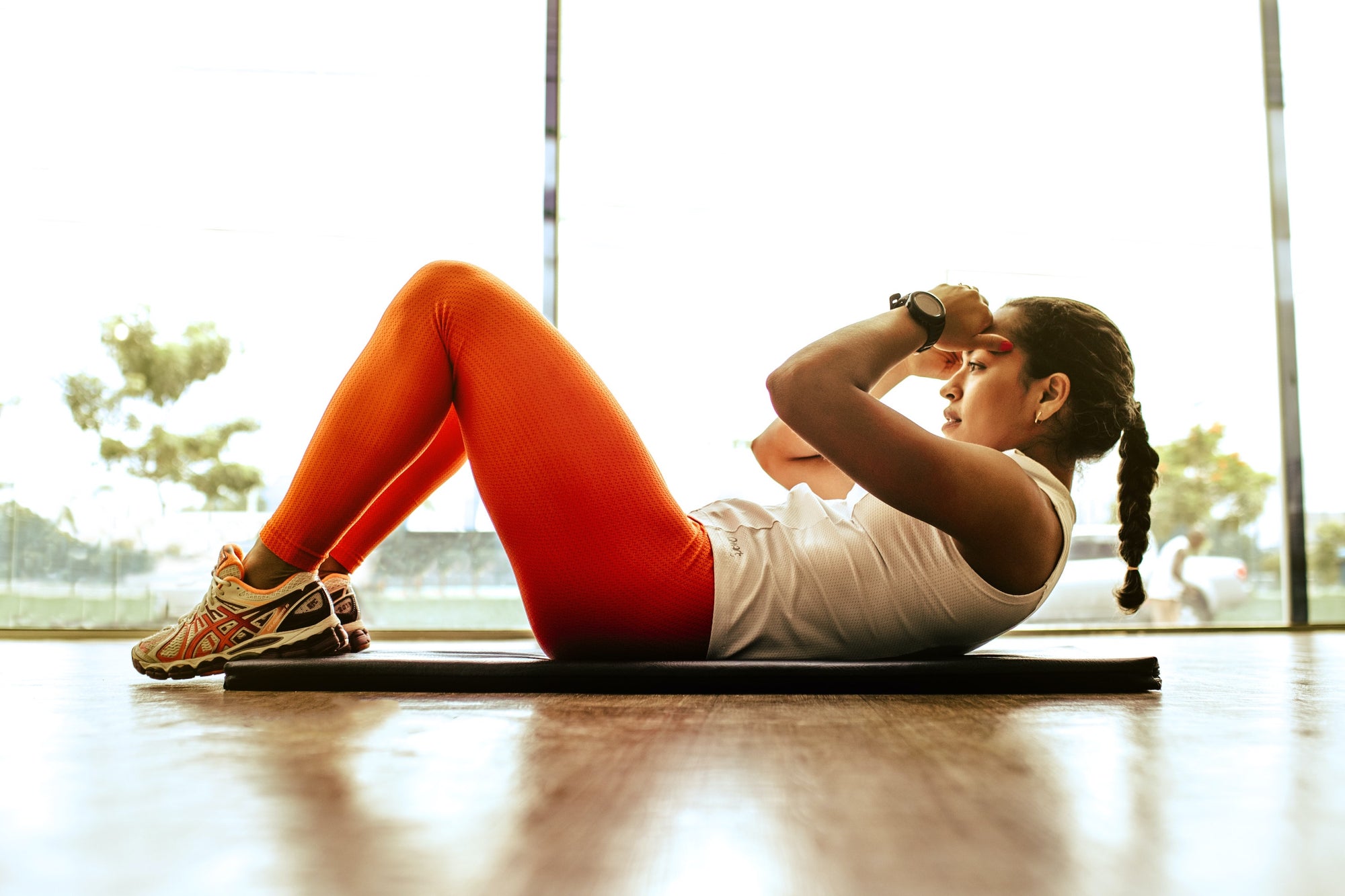
Why Bodyweight is Better: The TRX® Method
With a few basic bodyweight moves, you can always build a workout, no matter where you are. Want to level up? Add a TRX Suspension Trainer.

Gear Spotlight: How and When to Use TRX® Wrist Wraps
Let’s talk about how wrist wraps work, when to use them, how folks wear them, and why TRX® Wrist Wraps are the only set you need.
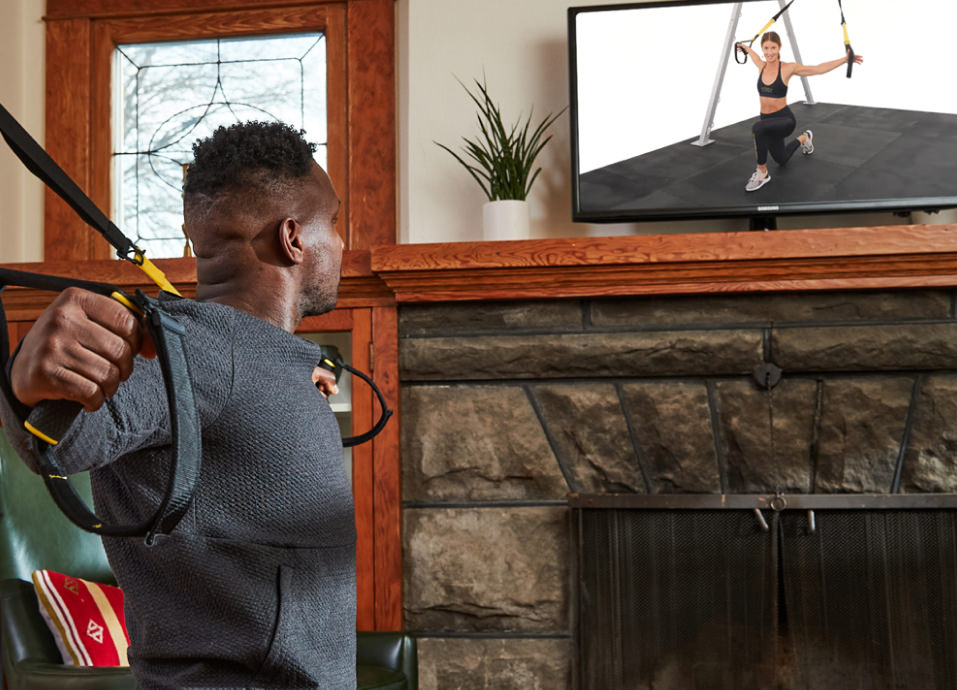
Energize Your Team With TRX for Employee Well-Being
With TRX for Employee Well-Being, every enrolled employee within an organization gets a TRX Suspension Trainer™, unlimited Live and On-Demand classes through TRX Training Club®, and discounts on TRX products.
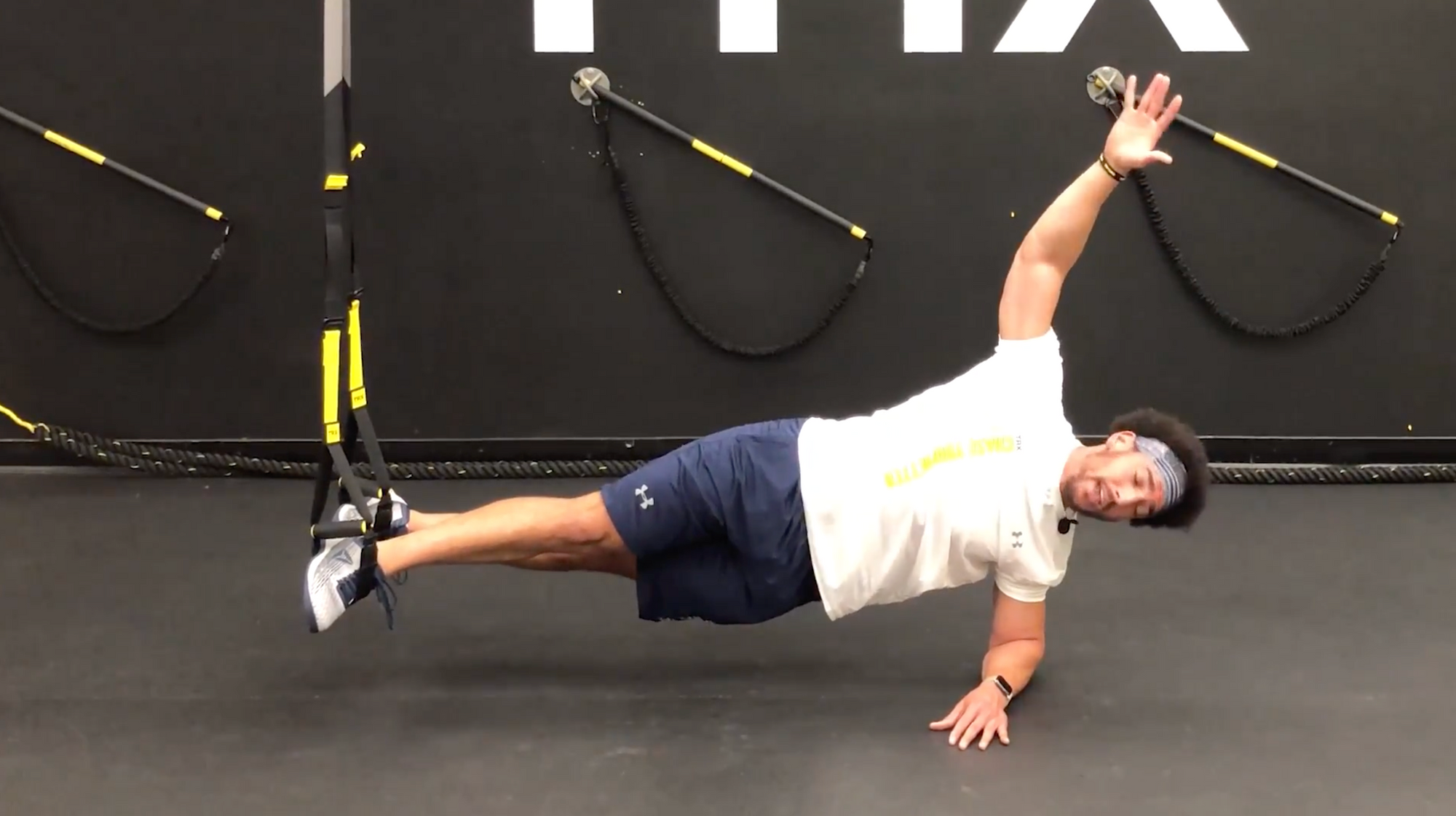
From Start to Sweat: Your Intro to TRX Core Workouts
Any TRX core workout can be adapted to your body’s needs and abilities. To prove it, we’re sharing a quick TRX Training Club® core class with Coach Miguel Vargas.

How to Get Started With Your TRX Suspension Trainer™
We’ve put together a quick tutorial to help get you comfortable with how to anchor your TRX Straps.
